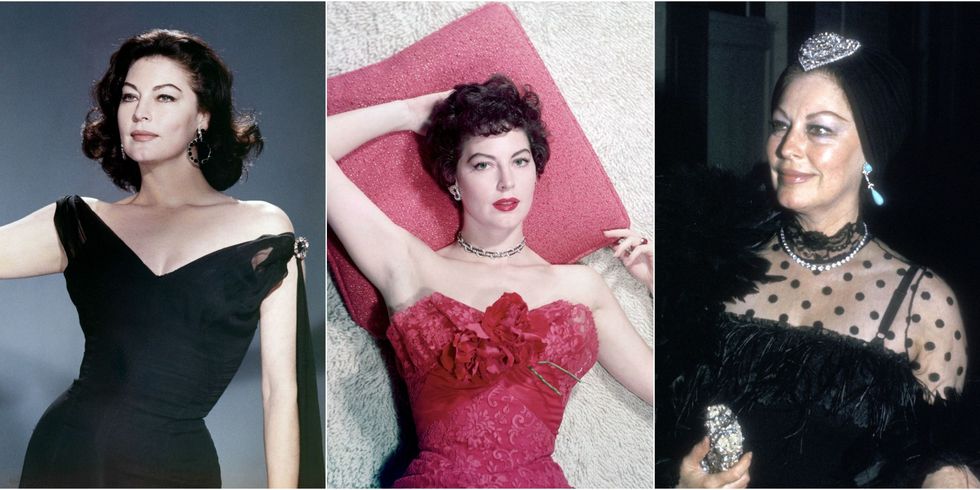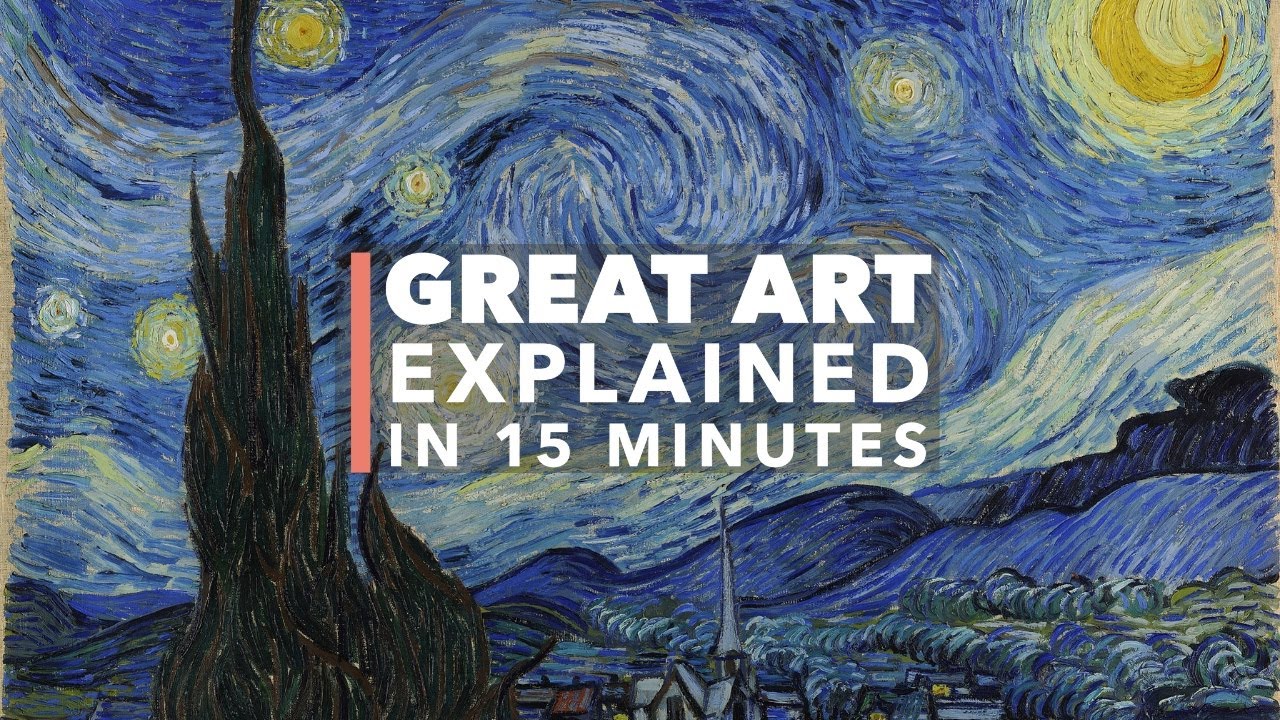
Explore the tumultuous life of Vincent Van Gogh, focusing on his time in the Saint Remy asylum where he created his iconic masterpiece, The Starry Night. This blog delves into the intersection of his mental health struggles and groundbreaking artistry, revealing the profound impact of his experiences on his work.
The Environment of Saint Remy
Saint Remy served as a backdrop that profoundly influenced Van Gogh's work. The small asylum, surrounded by the natural beauty of Provence, provided a serene environment that stood in stark contrast to the chaotic life he had led before. The extensive gardens and breathtaking views of the landscape were essential to his creative process.
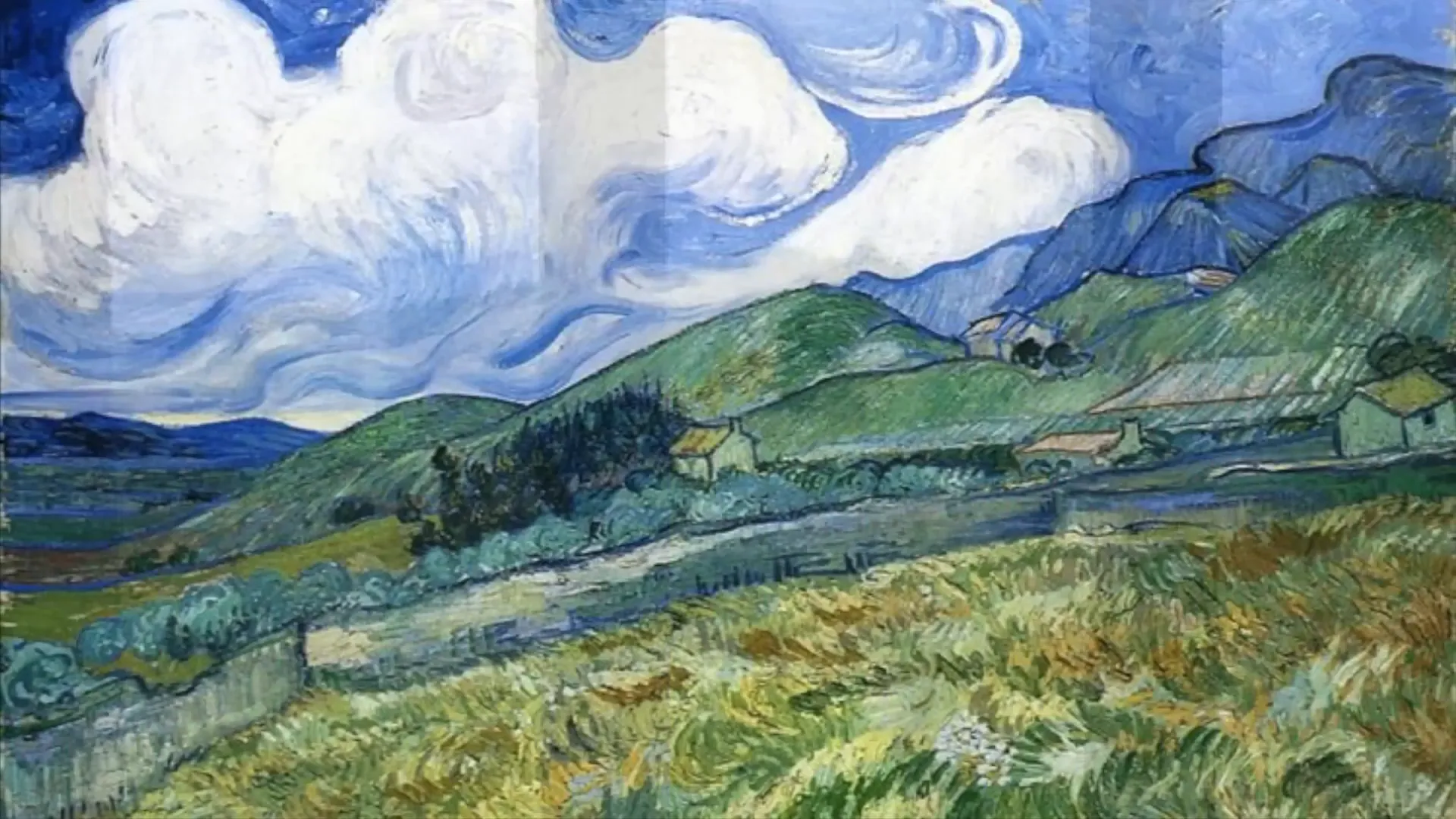
Initially confined to his room, Vincent painted what he saw outside his barred window. He captured the glowing wheat fields and distant hills, which became recurring themes in his art. These early works reflected his struggle but also his resilience.
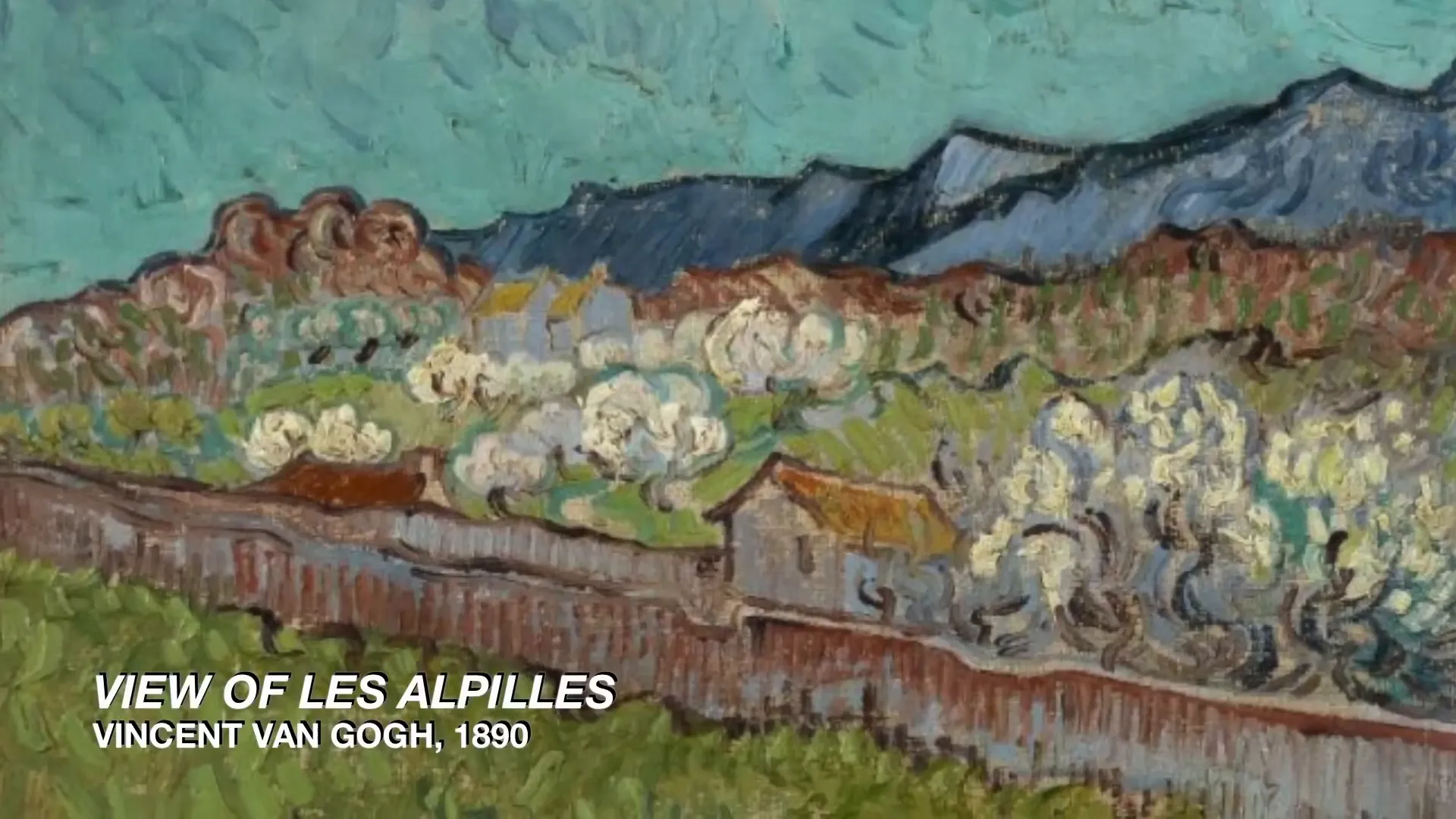
Within weeks, he was allowed to explore the countryside, which ignited his imagination and fueled his prolific output. The vibrant colors and dynamic shapes of the landscape inspired him to create works that were not only reflective of his surroundings but also deeply personal.
Art as a Lifeline
For Van Gogh, art was more than a passion; it was a necessity. The act of painting provided him with a sense of purpose and stability during his tumultuous time in the asylum. His creativity thrived amidst the chaos of his mental health struggles.
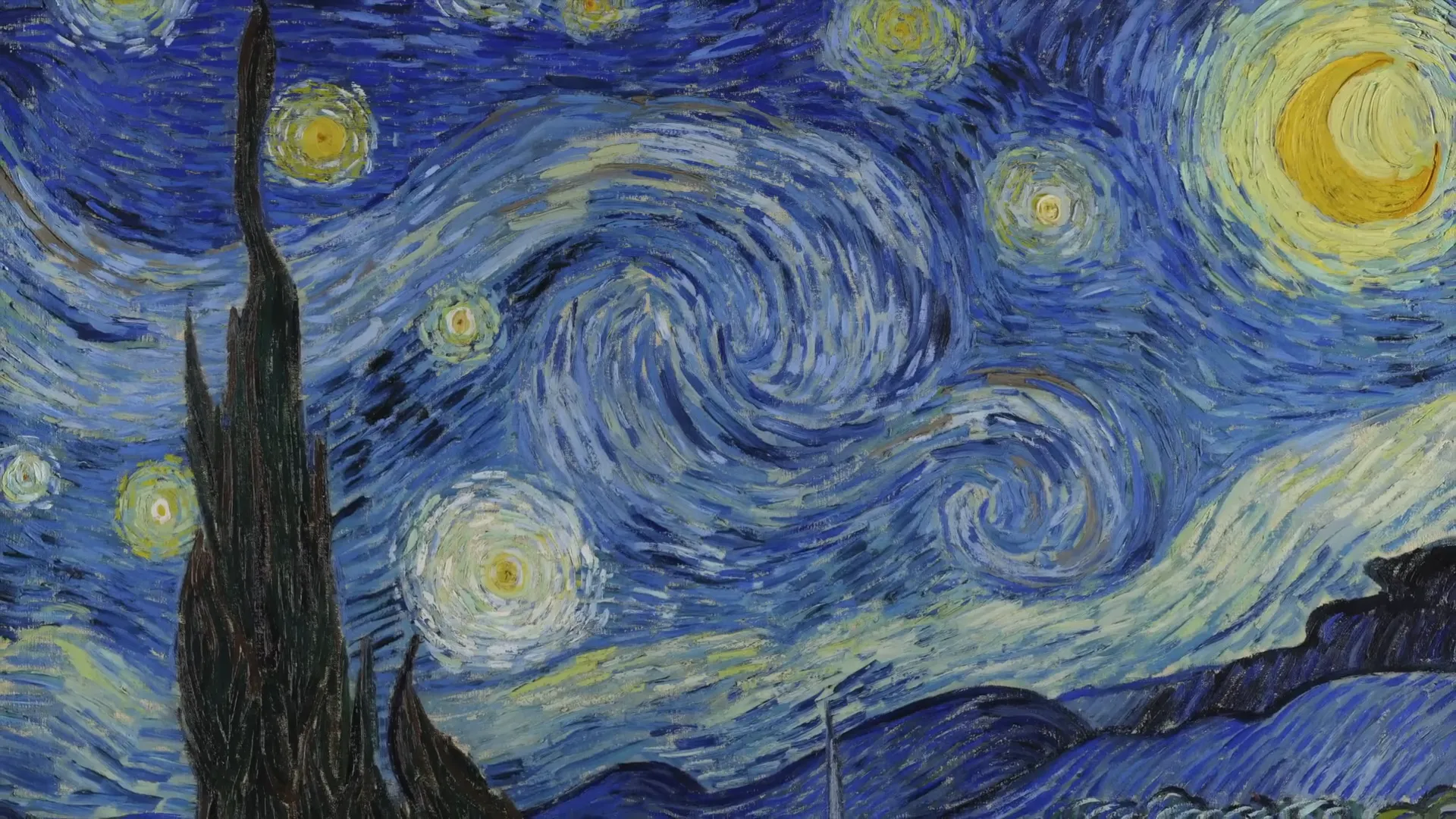
His daily routine revolved around his art, and he painted with a fervor that belied his condition. Vincent completed at least 150 paintings during his stay, averaging nearly one every other day. This remarkable output was not merely a product of his circumstances; it was a testament to his commitment to his craft.
The Duality of Van Gogh's Mental Health
Van Gogh's mental health was characterized by extreme highs and lows. While he experienced manic episodes that led to intense creativity, he also faced debilitating periods of despair. This duality shaped his artistic expression, leading to works that conveyed both joy and anguish.
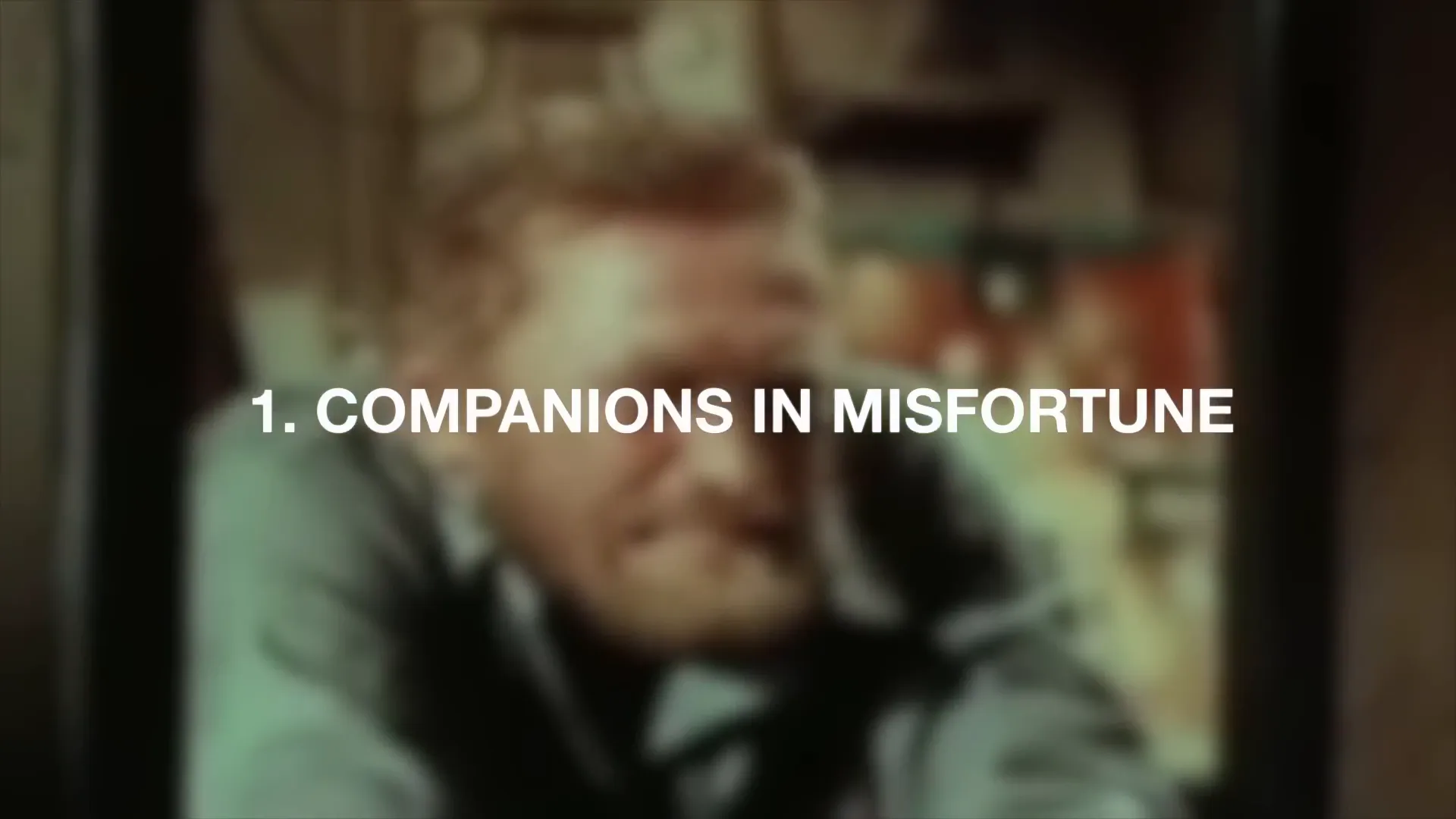
Despite the popular narrative of the 'mad artist,' Vincent often found clarity and purpose in his work. His intelligence and articulate nature shone through his letters and paintings, revealing a man deeply engaged with the world around him.
The Role of Isolation and Routine
Isolation played a paradoxical role in Van Gogh's life at the asylum. While it initially seemed daunting, it ultimately provided him with the focus he needed to channel his energy into painting. The absence of external distractions allowed him to immerse himself in his creative process.
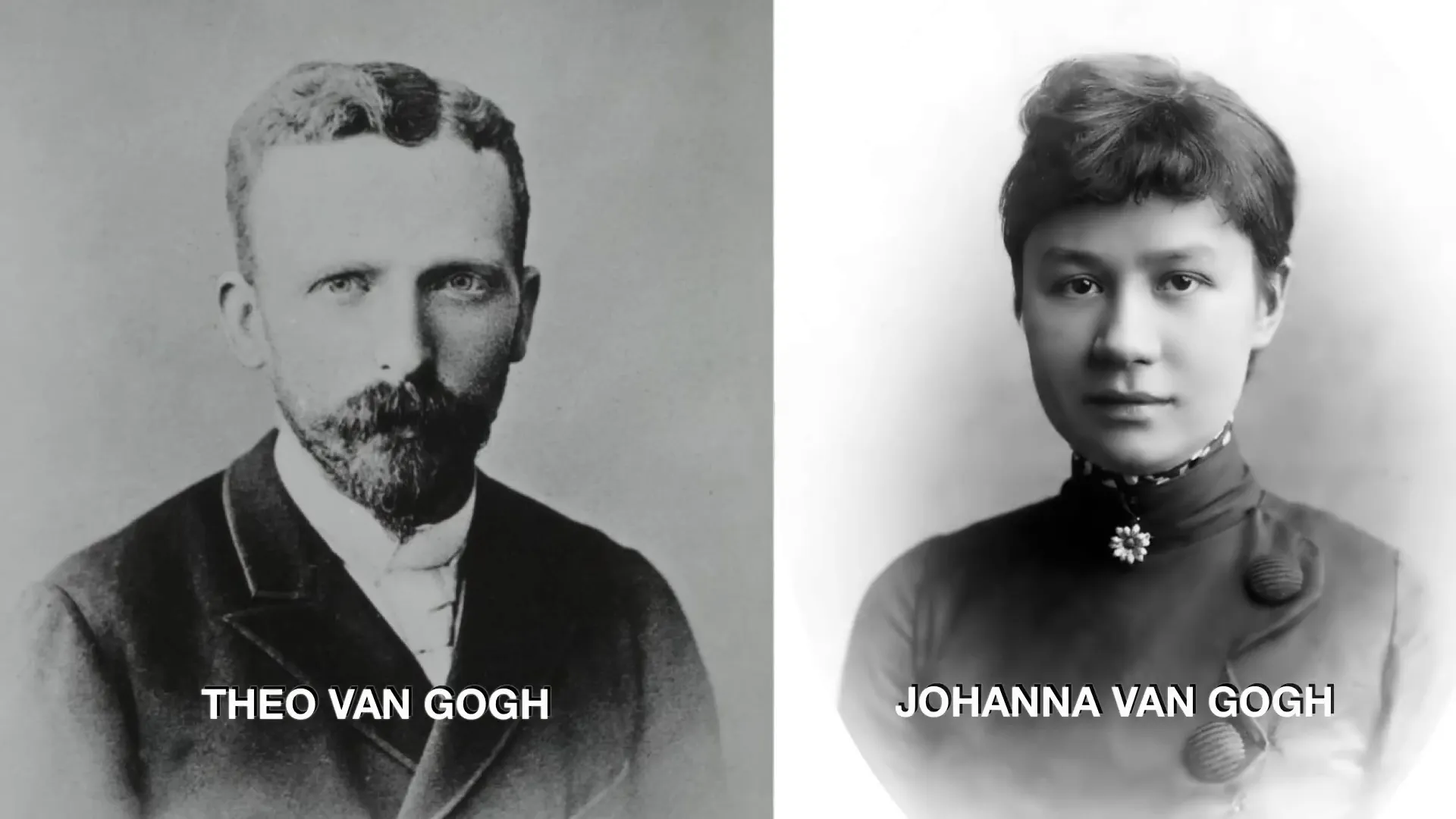
The regular routine of meals and limited social interactions contributed to a newfound stability. This structure helped to ground him, enabling him to produce a body of work that would later be celebrated as revolutionary.
The Progressive Nature of the Asylum
Contrary to the common perception of asylums as places of horror, the Saint Remy institution was progressive for its time. The founder believed in the therapeutic benefits of nature and art, creating an environment conducive to healing.
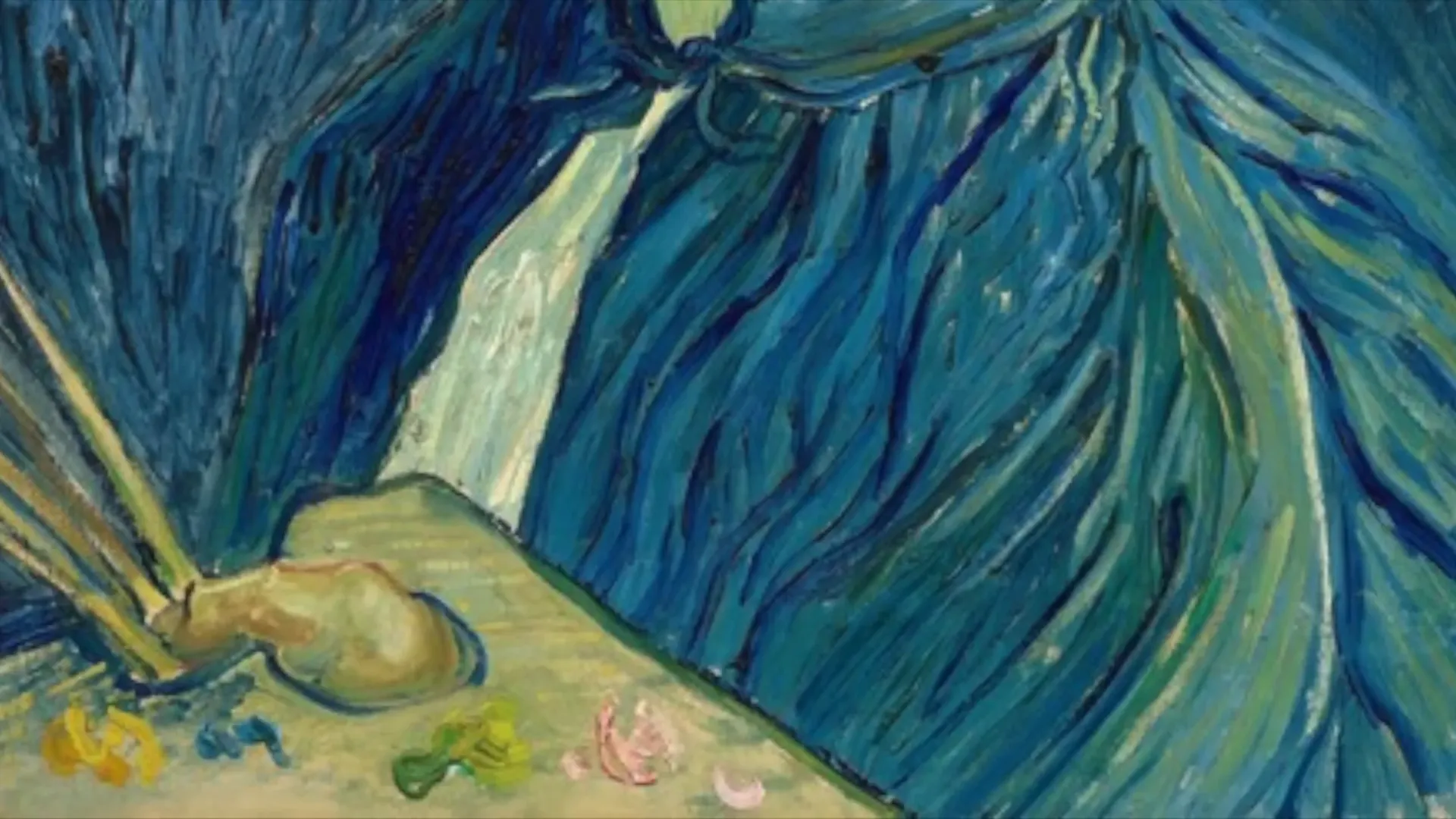
Vincent's brother Theo played a crucial role in ensuring that he had the freedom to paint. The asylum's administration, recognizing the importance of art in Vincent's treatment, provided him with a dedicated studio. This support was vital in allowing him to thrive creatively.
The Artistic Output During Confinement
During his confinement, Vincent produced some of his most iconic works. The blend of natural beauty and personal struggle is evident in pieces like "The Starry Night," painted on June 18, 1889. This painting, in particular, reflects his emotional state and artistic evolution.
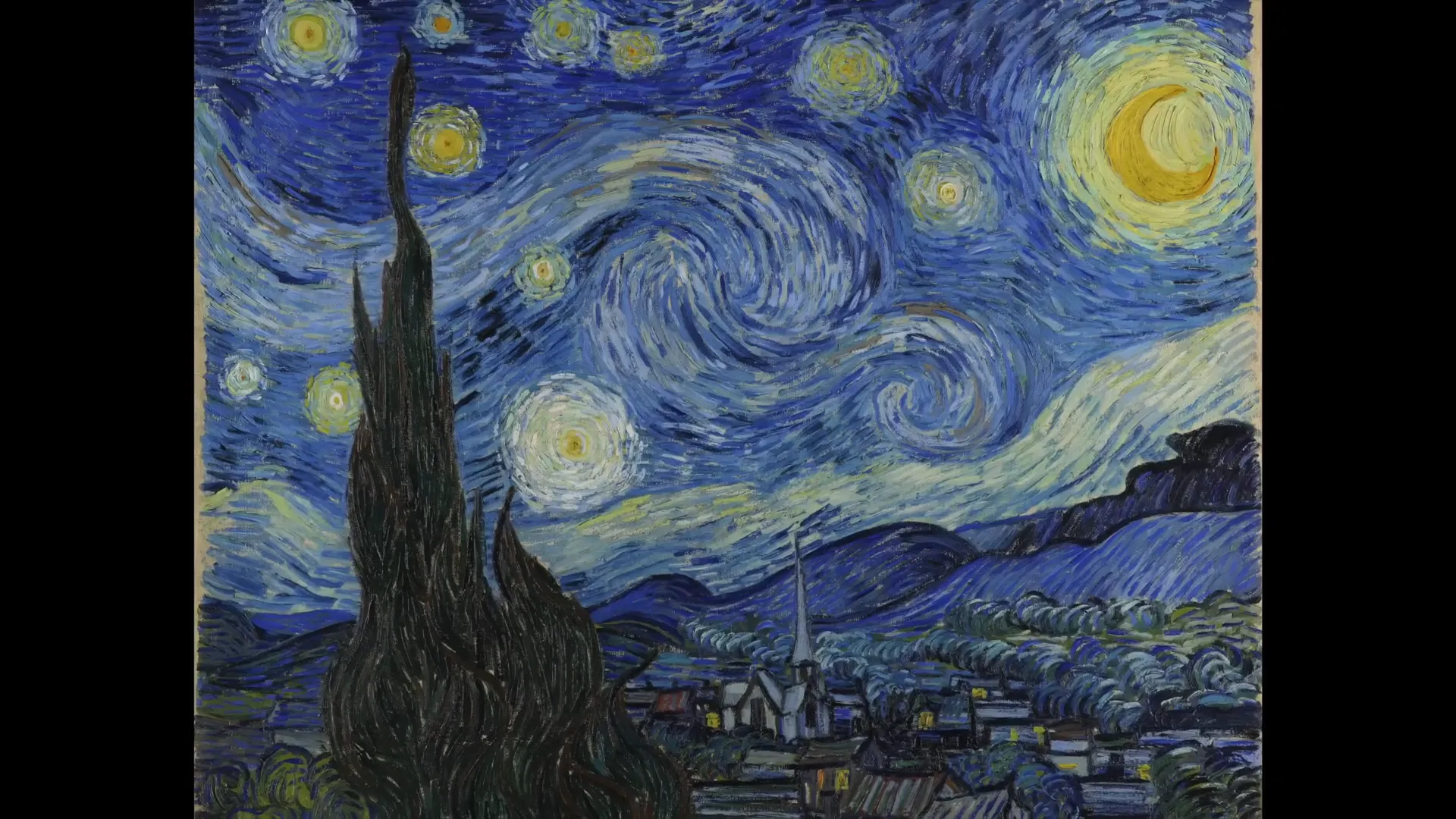
His style evolved significantly during this period, marked by bold colors and dynamic brushwork. The influence of Impressionism and Japanese art is palpable in his later works. He embraced new techniques and materials, leading to a distinctive visual language that set him apart from his contemporaries.
Vincent's time in the asylum was a crucible for his artistic development. The combination of isolation, routine, and the beauty of the surrounding landscape allowed him to produce a remarkable body of work that continues to resonate with audiences today.
Interpreting The Starry Night
The Starry Night is not merely a depiction of a night sky; it is a profound exploration of Van Gogh's emotional and psychological landscape. The swirling skies, vibrant stars, and the cypress tree reaching towards the heavens invite viewers to delve deeper into the artist's psyche. Each element serves as a symbol, reflecting his inner turmoil and longing for connection.
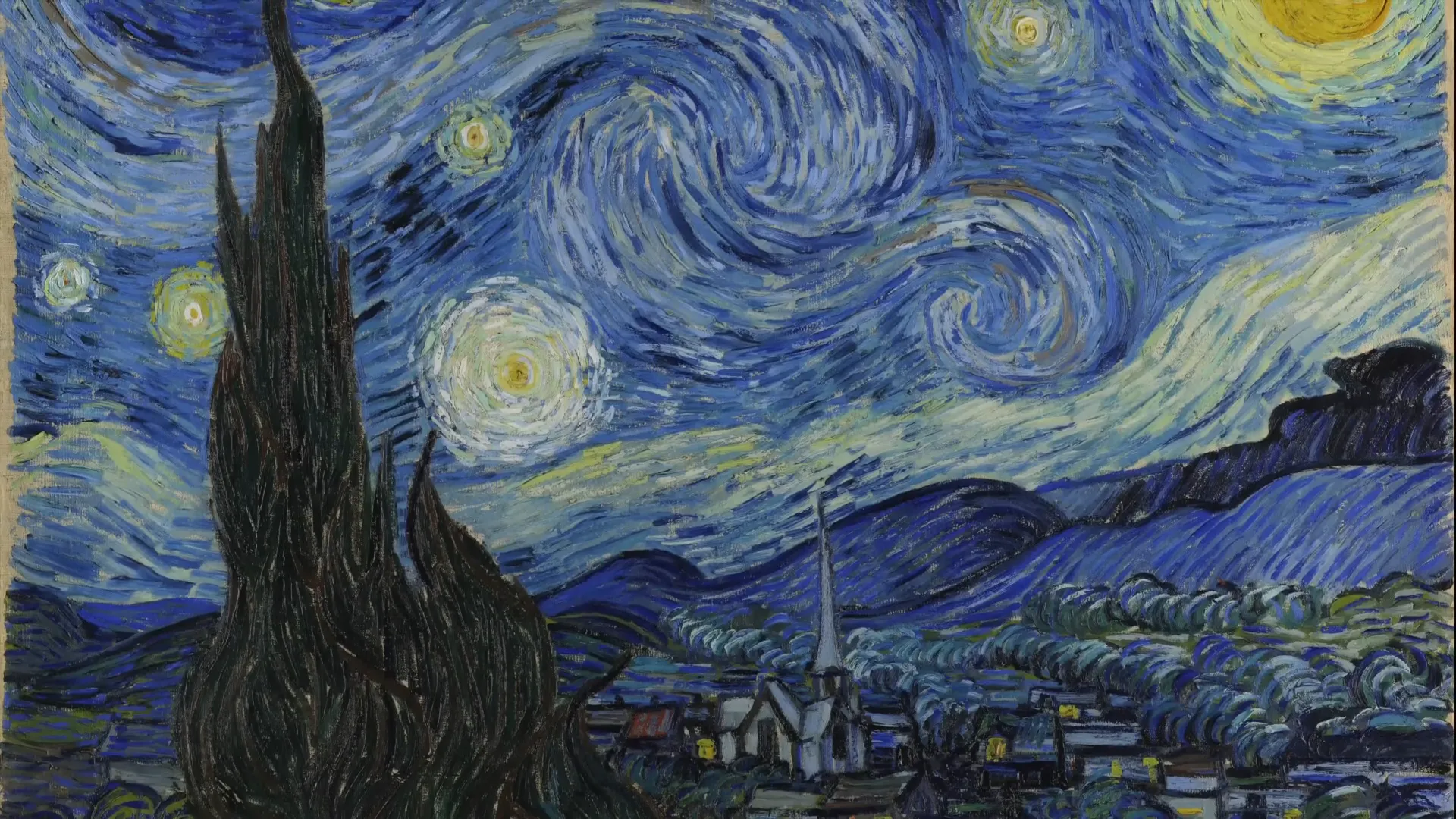
Many interpretations of the painting exist, ranging from it being a reflection of Van Gogh's mental state to a representation of his spiritual beliefs. The cypress tree, often associated with death in Mediterranean culture, symbolizes his contemplation of mortality. Its upward reach may signify a desire for transcendence, linking the earthly realm with the divine.
The Cosmic Connection
Van Gogh's fascination with stars and the night sky was deeply rooted in his childhood and spiritual upbringing. He perceived nature as a manifestation of the divine, infusing his art with a sense of reverence. The stars in The Starry Night can be seen as a source of comfort, illuminating the darkness of his struggles.
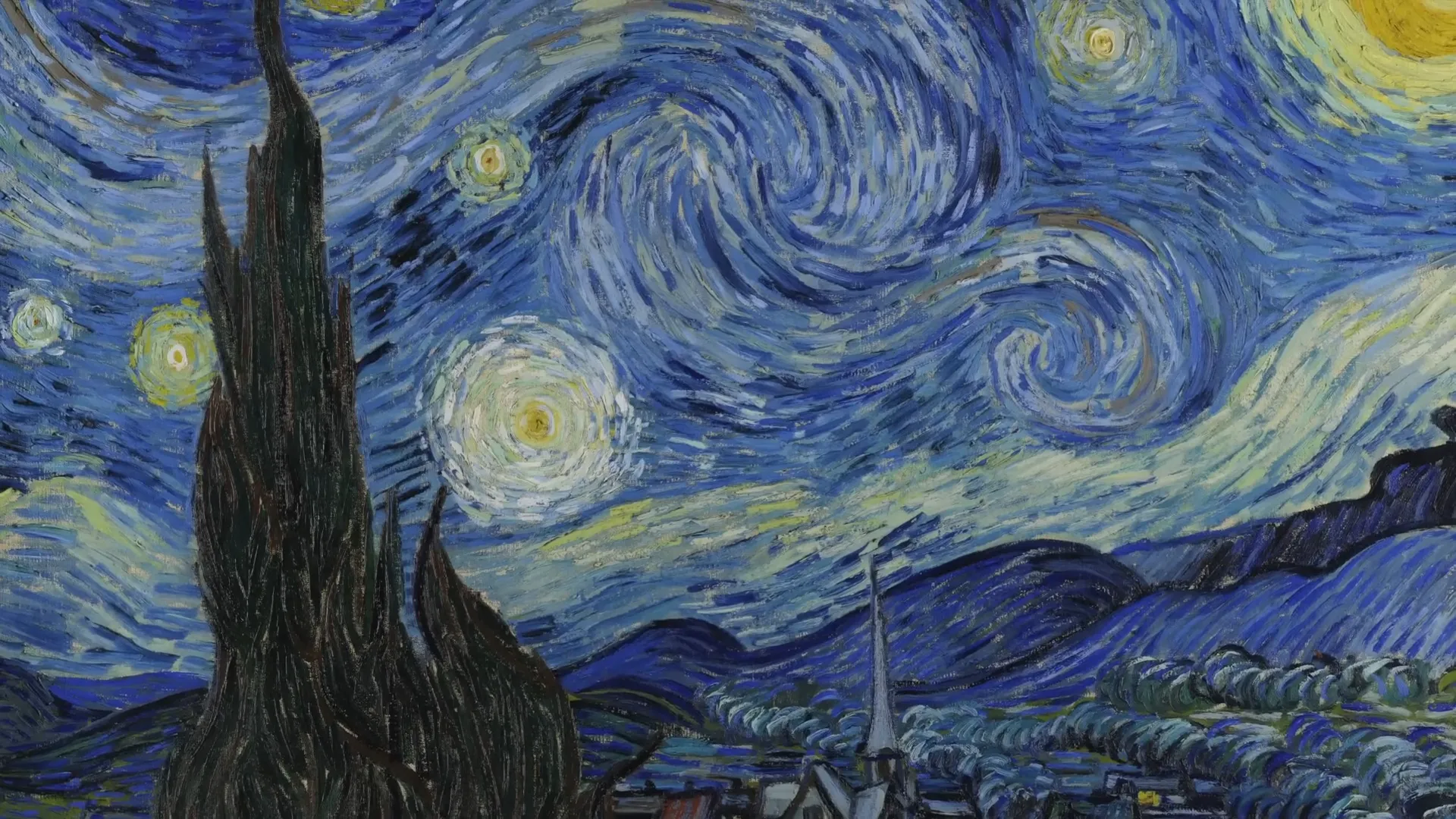
The painting's vibrant colors and dynamic brush strokes create an electric atmosphere, suggesting a cosmic connection that transcends the physical world. Van Gogh's use of color was not just aesthetic; it was a language through which he expressed his emotions and experiences. Each hue communicates a feeling, from the deep blues of the night to the bright yellows of the stars.
The Role of Nature
Nature played a crucial role in Van Gogh's life and work. The landscape around Saint Remy provided him with inspiration and solace. In The Starry Night, the rolling hills and the village below reflect his yearning for peace amidst chaos. The idealized village, with its bright gas lamps, offers a stark contrast to the tumultuous sky, highlighting the duality of his existence.
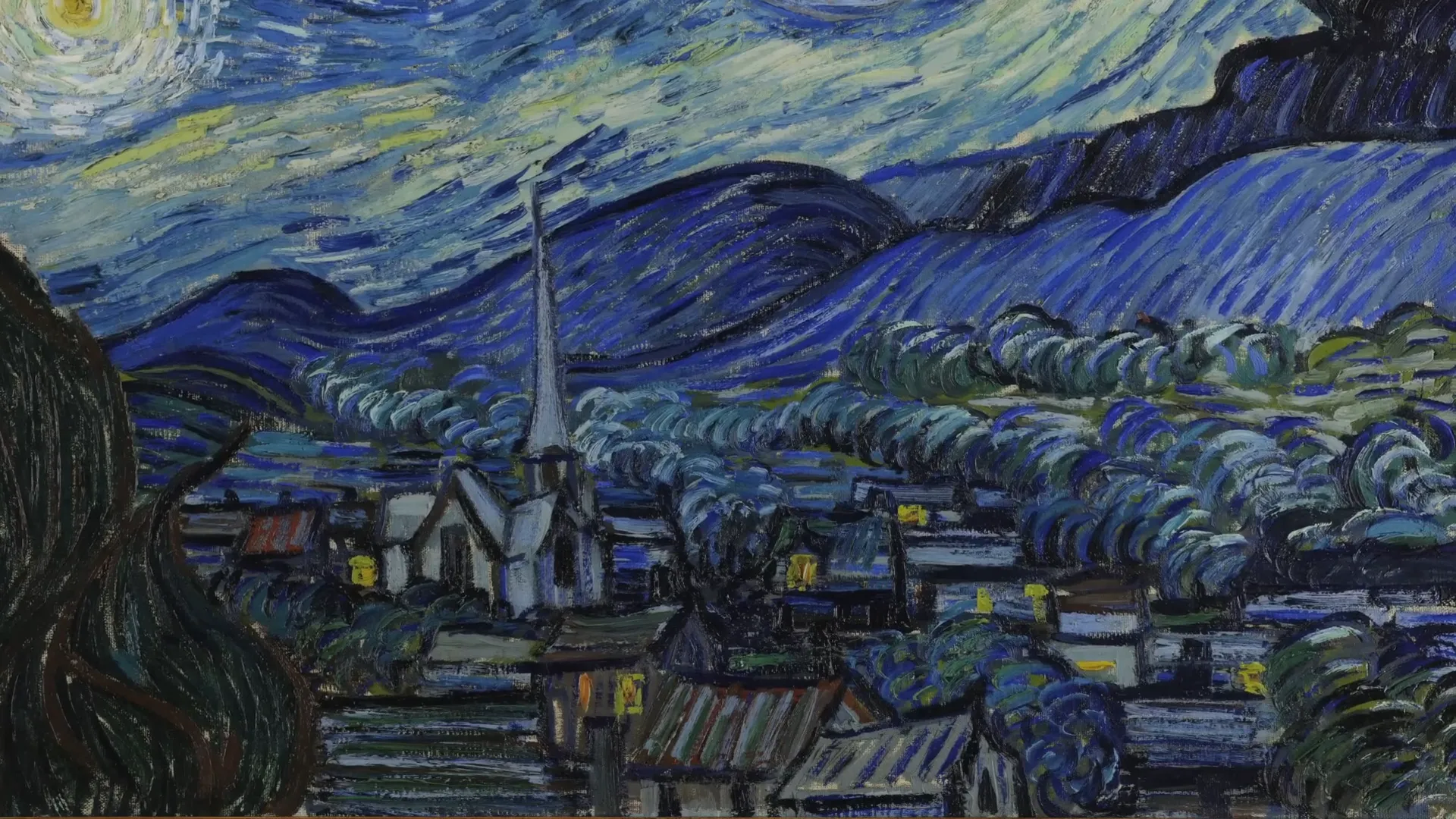
Spiritual Symbolism
Van Gogh's spiritual beliefs evolved throughout his life, particularly after he rejected organized religion. However, his art retained a spiritual quality, emphasizing themes of nature and humanity's connection to the cosmos. The Starry Night can be interpreted as a new form of worship, where the act of painting becomes a spiritual practice.
The stars, in their brilliance, symbolize hope and guidance, offering solace to those grappling with despair. For Van Gogh, they represented a source of inspiration, a reminder that beauty exists even in the darkest moments. His belief in the transformative power of nature is evident in the way he portrays the night sky, inviting viewers to find their own meaning within the swirling cosmos.
The Spiritual Significance of Stars
Stars have long held a significant place in human culture, symbolizing guidance, hope, and the infinite. For Van Gogh, they were a source of comfort during his darkest times. His letters often mention the stars, reflecting his deep connection to the cosmos and his search for meaning.
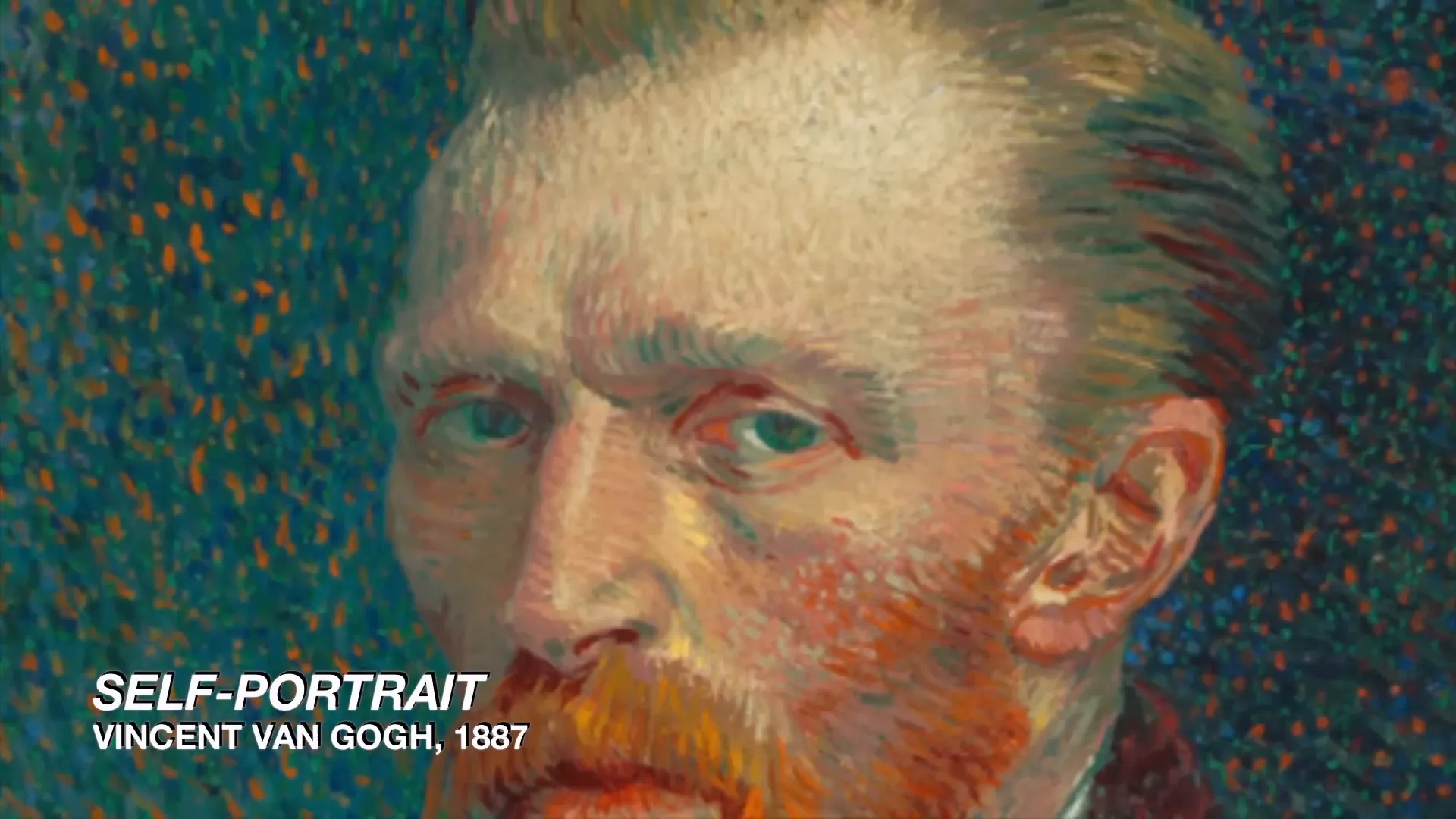
In The Starry Night, the stars are not just celestial bodies; they embody Van Gogh's yearning for understanding and connection. The painting's dreamlike quality evokes a sense of wonder, encouraging viewers to reflect on their own relationship with the universe. The stars shine brightly, inviting contemplation of the mysteries that lie beyond our earthly existence.
Art as a Reflection of Belief
Van Gogh's belief in the power of art as a form of spiritual expression is evident in his later works. He viewed painting as a way to convey emotions and connect with others. The Starry Night serves as a testament to this belief, encapsulating his struggles and triumphs through its vivid imagery.
His art transcended the limitations of language, allowing him to communicate profound emotions and ideas. The swirling sky and radiant stars capture the essence of his spiritual journey, reflecting both his anguish and hope. In this way, The Starry Night becomes not just an artwork but a visual prayer, a testament to the healing power of creativity.
Van Gogh's Untimely Death and Legacy
Tragically, Van Gogh's life was cut short at the age of 37. His struggles with mental illness and the pressures of his artistic ambitions culminated in his untimely death. However, his legacy endures, profoundly influencing the art world and inspiring countless artists.
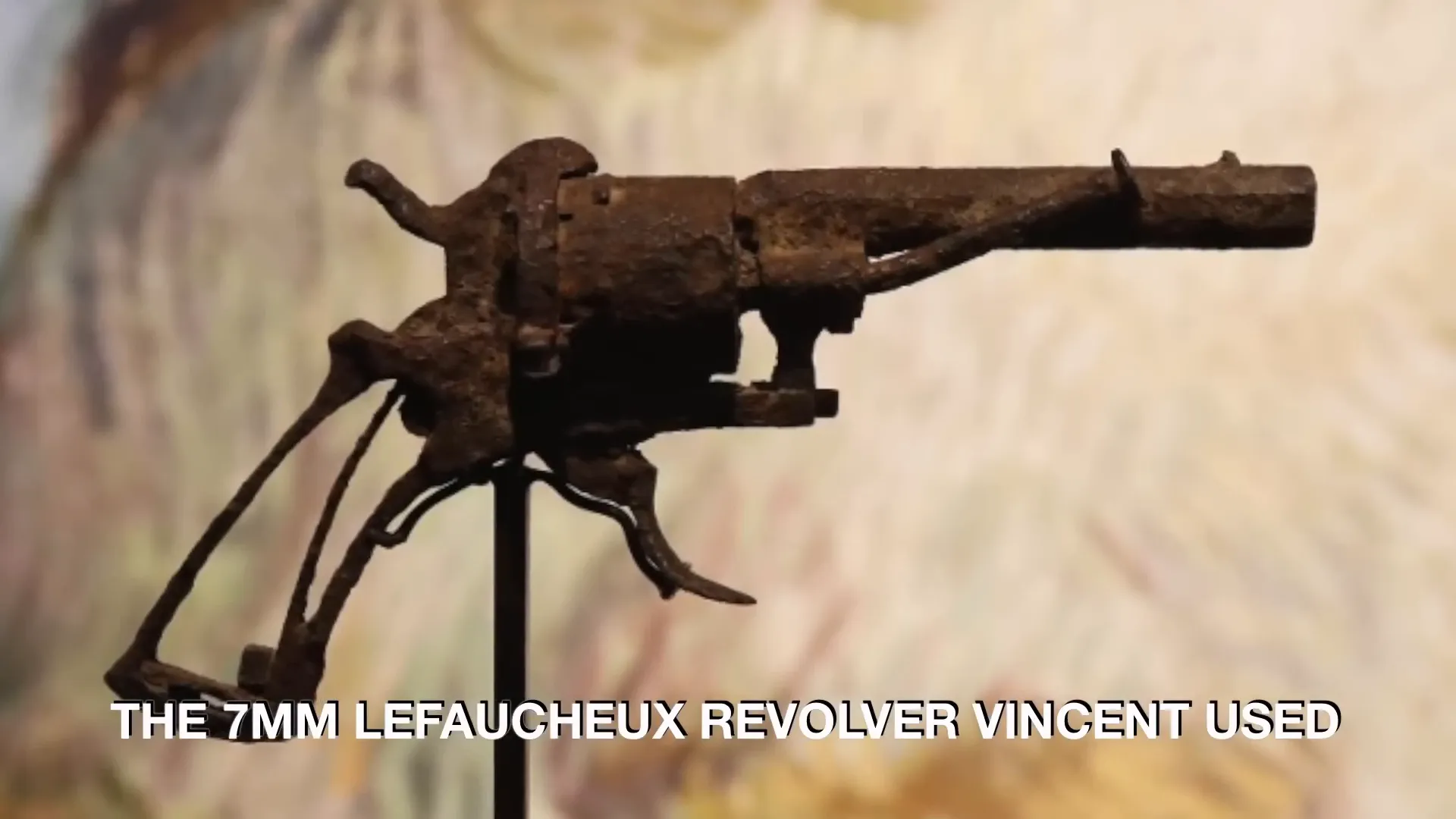
Despite his struggles, Vincent's work was recognized during his lifetime. His peers acknowledged his talent, and he found success in various exhibitions. However, the depth of his genius became fully appreciated only after his death. Today, Van Gogh is celebrated as one of the most influential artists in history, with The Starry Night standing as a symbol of his enduring impact.
The Ongoing Influence of Van Gogh
Vincent van Gogh's legacy continues to resonate across generations. His innovative use of color and emotive brushwork paved the way for modern art movements, including Expressionism and Abstract Art. Artists today still draw inspiration from his ability to convey emotion through vibrant colors and dynamic compositions.
The Starry Night remains a pivotal work in art history, emblematic of Van Gogh's unique vision and emotional depth. It serves as a reminder of the beauty that can emerge from suffering, encouraging viewers to find light even in their darkest moments. Van Gogh's life and work invite us to explore the complexities of the human experience, reminding us of the power of art to heal and inspire.
